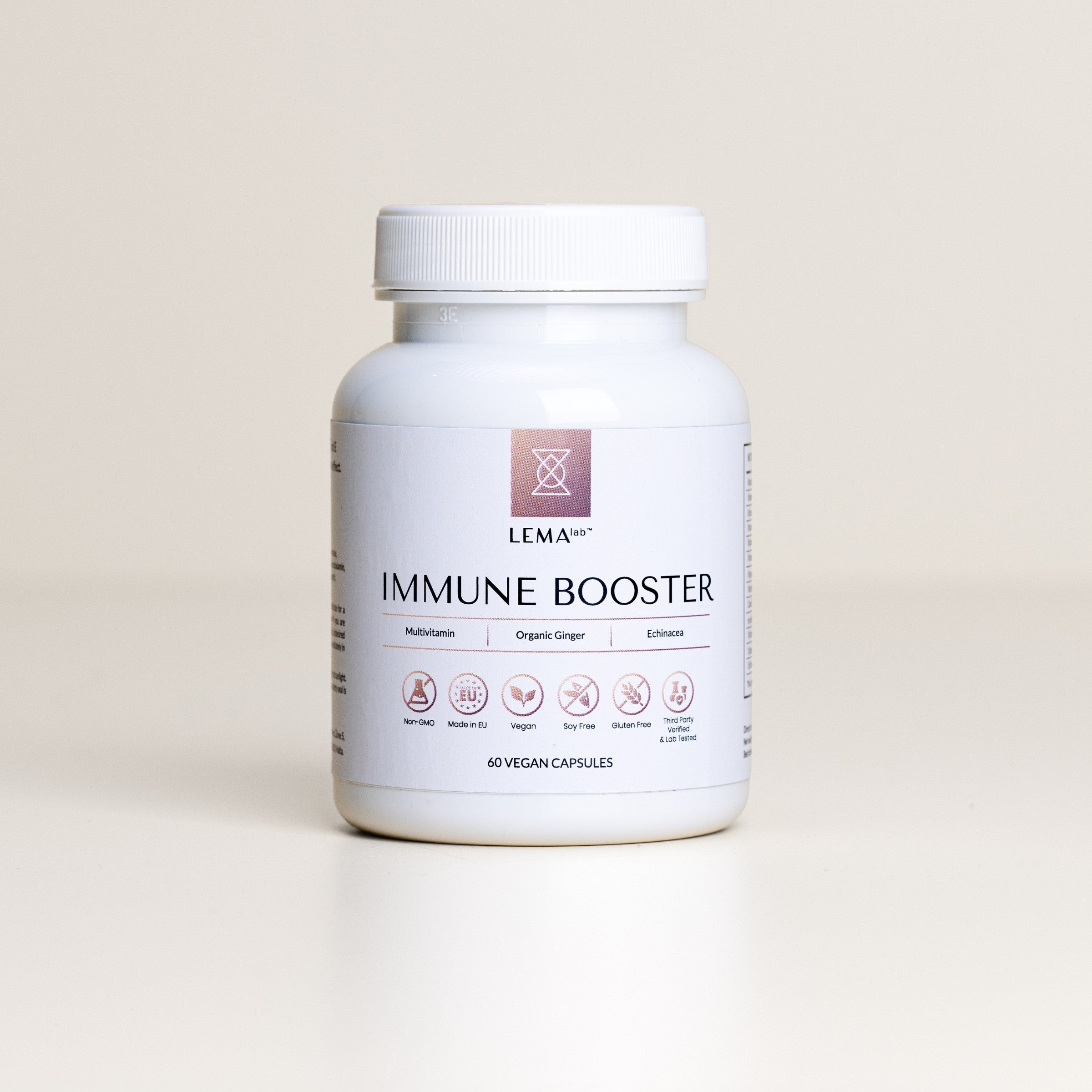
FASTING WINDOWS AND MUSCLE MAINTENANCE: A STUDY ON TIME-RESTRICTED EATING
In recent years, the concept of time-restricted eating (TRE) has gained significant attention for its potential health benefits, including weight loss and improved heart health. TRE involves limiting daily food intake to a specific window, typically between 6 to 10 hours. Despite its popularity, there has been concern over its impact on muscle health, particularly whether it might delay muscle protein synthesis (MPS)—the process critical for muscle growth and repair [17]. This article aims to find further insights and answers to make sure TRE is a potential ally to your health, not an enemy to your muscles.

WHY DOES MUSCLE PROTEIN SYNTHESIS MATTER?
Muscle protein synthesis is not just about building bigger muscles; it's essential for maintaining muscle health and function. Spreading protein intake throughout the day can optimise MPS. Given that TRE shortens the eating period, it might limit opportunities to stimulate MPS, raising concerns about potential negative effects on muscle health [10].
A STUDY ABOUT TRE EFFECTS ON MUSCLES
The study in focus examined the effects of TRE on MPS by comparing two groups of healthy men over a 10-day period. One group followed a TRE diet, consuming meals within an 8-hour window (from 10 a.m. to 6 p.m.), while the other group, serving as a control, ate over a 12-hour span. Both groups received diets equal in calories and protein (1.0 grams per kilogram of body mass per day), distributed across three meals. The researchers were particularly interested in whether this restricted eating pattern would impact the body's ability to build muscle [17].
LEAN MASS AND FAT MASS RESULTS
The results of this study were somewhat reassuring. There was no significant difference in MPS rates between the TRE and control groups, suggesting that limiting eating to an 8-hour window does not necessarily impede the body's ability to synthesise protein for muscle repair and growth. Both groups experienced similar body mass changes, although the TRE group saw a slight decrease in lean mass (specifically in the trunk area) and a more substantial reduction in fat mass compared to the control group [17].

THE IMPORTANCE OF EVENLY DISTRIBUTED PROTEIN CONSUMPTION
The TRE group also showed improved blood glucose control. These findings contribute to the ongoing discussion about TRE's health implications, particularly regarding muscle health. It's worth noting, however, that while the total amount of protein consumed is crucial, the timing and distribution of protein intake can also play a significant role in maximising MPS.
In the broader context, the study aligns with existing literature suggesting that adequate protein distribution throughout the day is beneficial for muscle health. For example, consuming a sufficient amount of protein at each meal can enhance MPS more effectively than skewing protein intake heavily towards one meal. This is particularly relevant in scenarios where exercise is involved, as physical activity can influence the body's protein needs and its response to protein intake [4, 5, 6, 8, 9, 13, 18].
MITIGATING THE RISKS OF LEAN MASS LOSS
Yet, it's important to recognise that TRE's impact on muscle may vary depending on several factors, including the length of the eating window and overall diet quality. Previous research has indicated that when TRE is combined with a high-protein diet and resistance training, it does not negatively affect lean mass. This suggests that the potential muscle-related downsides of TRE might be diminished by ensuring adequate protein intake and engaging in muscle-strengthening exercises [3, 19].
THE BENEFITS OF TIME-RESTRICTED EATING
While this article is about whether or not one should consider restricting the timing of calorie consumption to a smaller window without compromising lean mass, it’s worth reminding that Time-restricted eating (TRE) has been studied extensively for its numerous potential health benefits. Here's a summary of the key advantages associated with TRE:
- Weight Loss: TRE can help reduce body weight by limiting the eating window, which often naturally leads to a reduction in calorie intake [12].
- Improved Metabolic Health: Studies have shown TRE can improve various metabolic markers, including blood glucose levels and insulin sensitivity, which are crucial for managing and preventing diabetes [7].
- Enhanced Heart Health: TRE may contribute to better heart health by improving factors such as blood pressure, cholesterol levels, and triglycerides.
- Fat Loss with Muscle Preservation: While weight loss strategies can sometimes lead to muscle loss, TRE has been shown to support fat loss, potentially with a lesser impact on muscle mass when combined with adequate protein intake and resistance training [3].
- Improved Blood Sugar Control: By aligning eating times with the body's circadian rhythms, TRE can help in better-managing blood sugar levels, which is particularly beneficial for individuals with type 2 diabetes or those at risk [12].
- Potential Longevity Benefits: Some research suggests that TRE and other forms of intermittent fasting might extend lifespan and improve longevity, although more research is needed in this area [11].
- Enhanced Brain Health: Preliminary studies suggest that TRE could have neuroprotective effects, potentially lowering the risk of neurological diseases and improving cognitive function.
- Reduction in Inflammation: There's evidence to suggest that TRE can reduce markers of inflammation, a key driver of many chronic diseases [15].
- Improvements in Digestive Health: By restricting eating to certain times, TRE may give the digestive system a longer break between meals, which some people find improves digestive comfort and health [21].
- Synchronisation with Circadian Rhythms: TRE can help align eating patterns with the body's natural circadian rhythms, which is thought to improve overall health and metabolic processes [11].

A NEW STUDY SPARKS DEBATE: NAVIGATING THE NUANCES WITH CARE
A recent study examining 20,000 subjects reported that adults adhering to an 8-hour time-restricted eating schedule had a 91% higher risk of cardiovascular mortality [1]. Newspapers around the world have picked up on the story, sparking controversy in the medical community.
The study faced significant limitations, including its reliance on self-reported dietary information, which is susceptible to inaccuracies due to participants’ memory or recall abilities and may not reflect their typical eating patterns accurately. Other health-influencing factors, beyond the daily eating duration and causes of death, were not accounted for in the analysis. Some experts have critiqued the findings, arguing that the conclusions are excessively inflated given that the researchers had only two days of dietary intake data for a 20-year period. They question, ‘What were the subjects consuming on the other 7,300 days of the study?’ This example highlights the importance of interpreting published studies with caution, especially when they are widely reported by the media [1].
FINAL THOUGHTS
In conclusion, this study offers valuable insights into TRE's impact on muscle protein synthesis, indicating that an 8-hour eating window does not significantly impair MPS compared to a more traditional eating schedule. However, it also highlights the importance of considering the total daily intake of protein and its distribution, as well as the role of exercise in maintaining muscle health. While TRE presents a promising dietary strategy for weight management and metabolic health, individual factors such as diet composition, physical activity levels, and personal health goals should guide its implementation. Further research is necessary to fully understand the long-term implications of TRE on muscle health, especially with narrower eating windows and varying dietary conditions.














Leave a comment
This site is protected by hCaptcha and the hCaptcha Privacy Policy and Terms of Service apply.